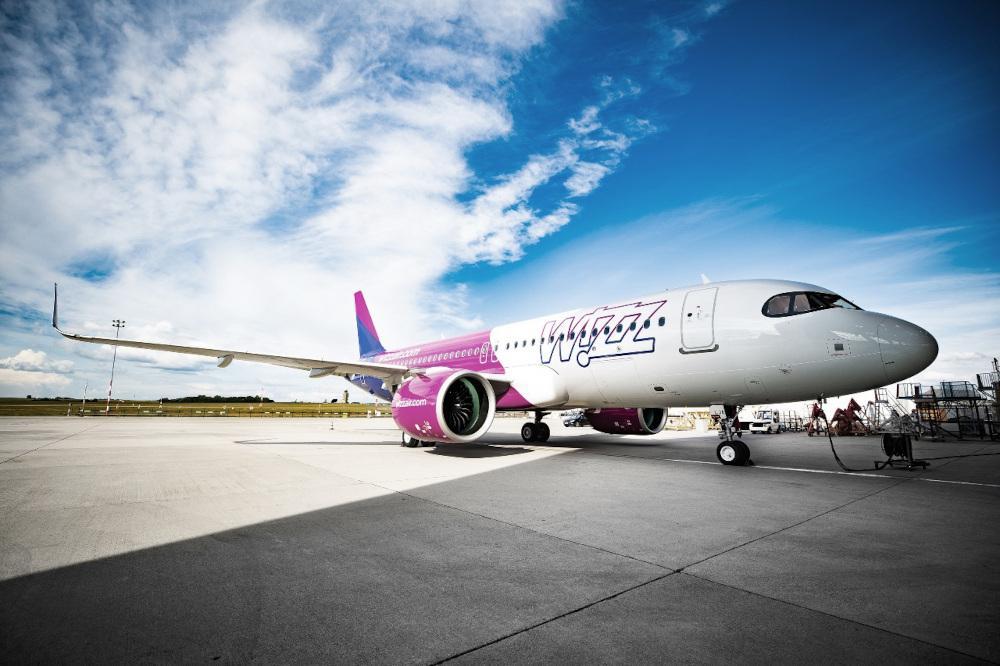
Electronic tech logs (ETL), which loop pilots digitally into airline maintenance and operations systems, are still young. Hayley Russell, a project manager for ETL provider Conduce, estimates only 2% of the world’s airlines have ETLs installed. “Perhaps as much as 3-5% if we include unapproved, experimental or home-grown systems and other digitalization systems we don’t categorize as true ETLs,” Russell adds.
Therefore, it is significant news when one of Europe’s largest airlines, Wizz Air, completes installation of a new ETL solution offered by Lufthansa Technik’s (LHT) widely used aviation platform Aviatar. LHT says more deployments are also in the pipeline.
Diogo Reu, head of the Wizz Air’s maintenance and engineering, stresses that the carrier is always looking at ways to improve its efficiency and data reliability, while also seeking opportunities to reduce paperwork and improve sustainability. “These were the main drivers to look for an ETL solution,” says Reu.
Wizz Air reviewed the main ETL providers in the market before choosing Aviatar. “They not only allowed the most flexibility for us to implement according to our own requirements, but they also offered the best integration with AMOS, our MRO Software,” Reu notes. AMOS is produced by Swiss-AS, a sister-company of LHT in the Lufthansa Group.
The implementation project started in 2020 and began with creation of the business case, then selection of the provider. Then Wizz Air staff worked together with Aviatar staff to develop the application.
“As the launch customer, we needed to constantly cooperate with the Aviatar team on the development of the solution, while making sure that all the legal requirements were met,” Reu says.
The final step was obtaining European Union Aviation Safety Agency (EASA) approval for the ETL’s complete replacement of the old paper technical log. Wizz Air had consulted with EASA from a very early stage and provided constant updates on the progress of developing the application. “This made the whole approval process pretty smooth and easy, actually,” Reu says.
Among the major challenges was training of all the personnel involved—more than 2,500 people, according to Reu. In addition, the go-live days were very challenging due to Wizz Air’s growing fleet size and its large number of bases. The airline operates nearly 150 aircraft, and the staff who needed training and management were widely dispersed, rather than concentrated at a single home base.
By the beginning of September, the ETL had been fully implemented on Wizz Air’s fleet for almost three months. “We are on what we call the stabilization phase, and we have to say that we are satisfied with the outcome so far,” Reu says.
Nevertheless, Wizz Air will continue working with Aviatar staff to further develop the application and to add new features to the current version. For example, the Aviatar application is now installed on Wizz Air’s electronic flight bag (EFB) hardware, but the airline also has its own EFB software with charts, maps and flight operations processes. Reu wants to integrate the ETL with this EFB software in the future.
LHT and Aviatar also have next steps in mind for their new tool. Stephan Drewes, vice president of information management at LHT, says Eurowings, Austrian Airlines and low-cost carrier VietJet Air are expected to install the new ETL.





